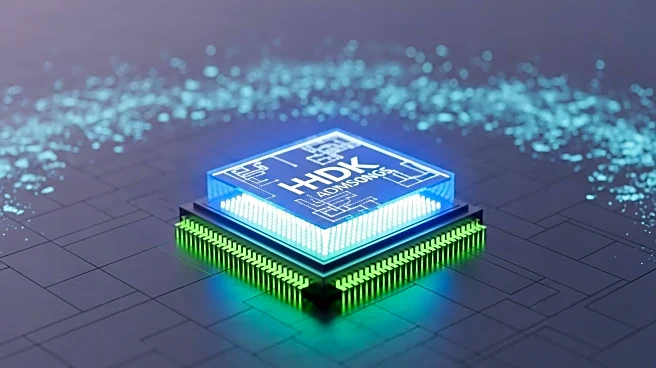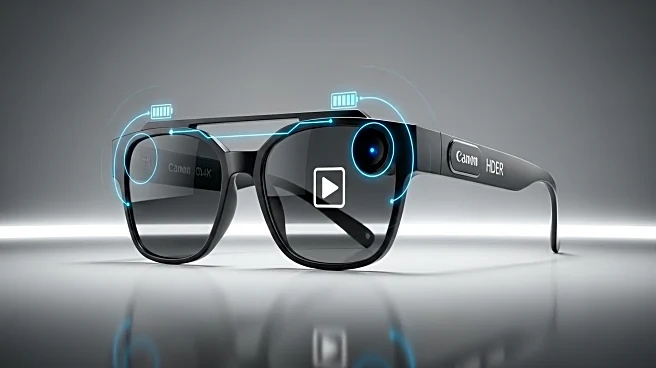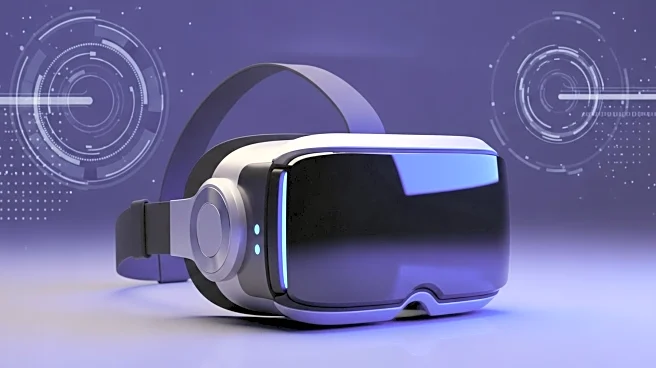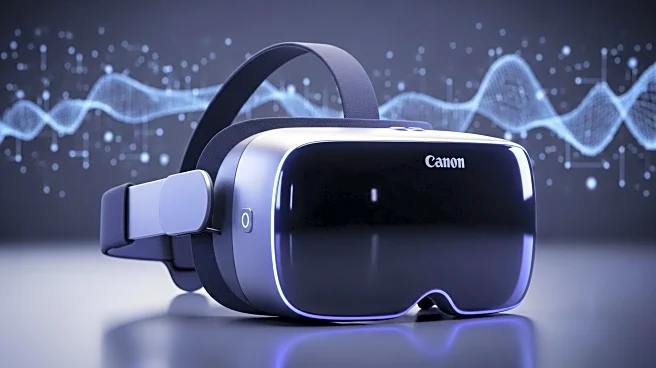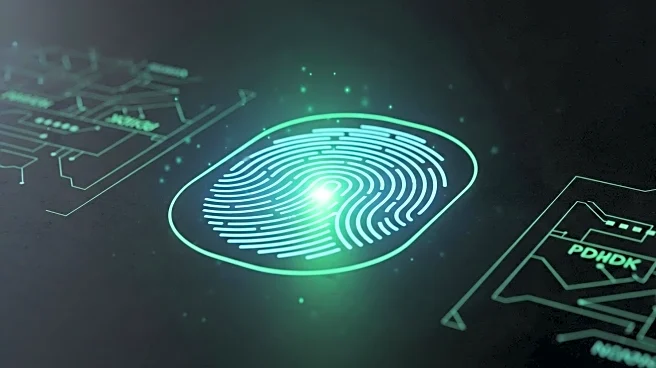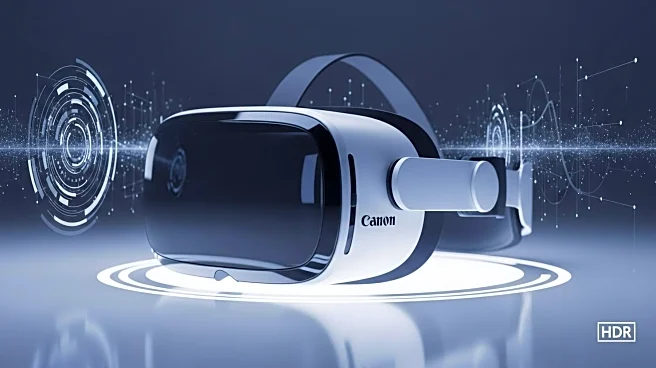What is the story about?
What's Happening?
Researchers at the University of St Andrews have made significant advancements in holographic technology, potentially transforming smart devices, communication, gaming, and entertainment. The study, published in Light, Science and Application, details the creation of a new optoelectronic device using Holographic Metasurfaces (HMs) and Organic Light Emitting Diodes (OLEDs). This innovative approach offers a simpler, more compact, and cost-effective method for producing holograms, overcoming previous barriers to widespread application. OLEDs, known for their use in mobile phone displays and TVs, are combined with HMs to manipulate light properties, creating holograms. This marks the first instance of these technologies being used together to produce the basic building block of a holographic display. The research highlights the potential for miniaturized and highly integrated metasurface displays, paving the way for advancements in virtual and augmented reality.
Why It's Important?
The development of holographic technology using OLEDs and HMs represents a significant leap forward in the field of optoelectronics. This breakthrough could revolutionize the way holograms are used in everyday applications, making them more accessible and practical for consumer electronics. The ability to project complete images from a single OLED pixel could lead to more efficient and compact display technologies, enhancing user experiences in virtual and augmented reality environments. Industries such as gaming, entertainment, and communication stand to benefit from these advancements, potentially leading to new products and services that leverage holographic displays. The integration of metasurfaces with OLEDs also opens new avenues for research and development in light manipulation and display technologies.
What's Next?
The next steps involve further research and development to refine the technology and explore its applications in various fields. Researchers may focus on optimizing the integration of OLEDs and HMs to enhance the quality and functionality of holographic displays. Potential collaborations with tech companies could accelerate the commercialization of this technology, bringing holographic displays to consumer markets. Additionally, the exploration of new applications in virtual and augmented reality could lead to innovative products that redefine user interaction with digital content. As the technology matures, it may also find applications in areas such as optical wireless communications, biophotonics, and sensing.
Beyond the Headlines
The ethical and cultural implications of widespread holographic technology adoption could be profound. As holograms become more integrated into daily life, issues related to privacy, data security, and digital manipulation may arise. The ability to create realistic holographic images could lead to new forms of media and communication, challenging existing norms and regulations. Furthermore, the cultural impact of holograms in entertainment and art could inspire new creative expressions and experiences. Long-term, the technology could influence how society interacts with digital content, potentially reshaping industries and cultural practices.
AI Generated Content
Do you find this article useful?



